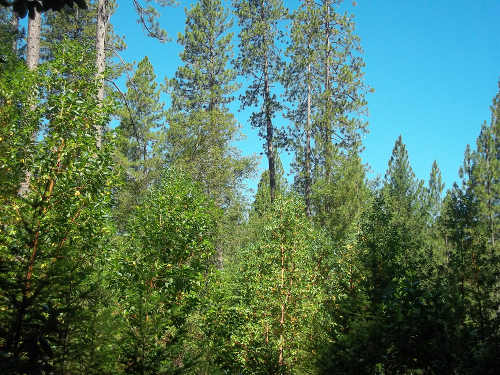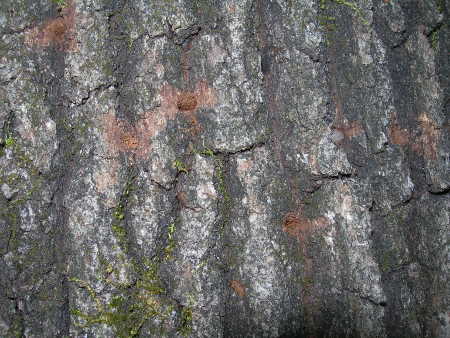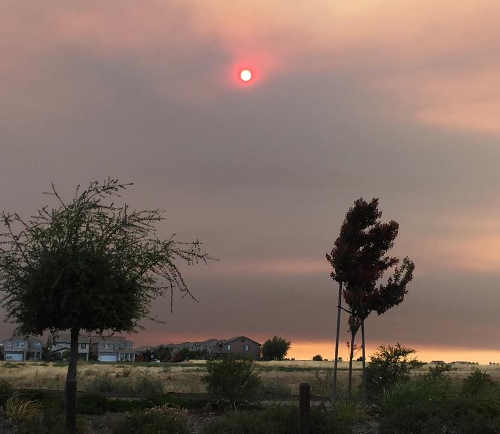- Kathleen Scavone
- Posted On
The Living Landscape: The pileated woodpecker
“A bird does not sing because it has an answer. It sings because it has a song.” – Chinese Proverb
LAKE COUNTY, Calif. – You know this bird is around before you see it, as it has quite a distinctive call.
The pileated woodpecker's strident “kuk-kuk-kuk” reverberates throughout the woods and leads you to his “lunch table.”
You can tell that he has been working industriously by the carpet of wood chips he's left below a branch.
Today Mr. Pileated Woodpecker is dining on grubs in an oak tree high above me.
His boundless banging on the branch is astounding to behold. Thunk! Thunk! Again and again until he finds a cache of beetle larvae, ants or termites beneath the bark of his chosen branch.
These birds drum not only to find food, but to claim territory as well.
They have been known to drum on chimneys, trash cans, logs and telephone poles to proclaim their place in the world. When chiseling a hole, they can peck as fast as 20 times per second.
Pileated woodpeckers have reinforced, heavy bills to use for all of the hammering they do, and they grip the tree's bark ferociously with their zygodactyl feet to give the pounding more power.
Most kinds of woodpeckers have zygodactyl feet, which are those with both front-facing and rear-pointing toes, to help them climb as well as grip the bark firmly.
Their tongues are barbed to aid in recovering slippery grubs. Some species of woodpeckers have a 4-inch-long tongue, which wraps around their skull.
There are nearly 200 species of woodpeckers in the world, and they all sport the same colors – red, white and black, with some varieties wearing an additional color, that of yellow.

The pileated woodpecker here in Lake County wears an ebony cloak, a dapper white scarf and a crimson crested beret.
These big birds are 16 to 19 inches long, with an average wingspan of 27 inches – larger than a crow.
Most often found in deciduous or deciduous-coniferous woodlands, the pileated woodpecker frequents forests with dead or decaying trees for their grubs.
Their diet also can include caterpillars, termites, blackberries, sumac berries and elderberry.
Males of the species are known for their excavating skills which are handy for nesting.
When the hole is almost the right size, around 10 to 20 inches deep, the female will generally take over and complete the nest cavity, by climbing into the oblong hole to finish chipping to the correct dimensions.
They do not waste the precious wood chips created in construction, but choose, instead to line the nest hole with them.
Kathleen Scavone, M.A., is an educator, potter, writer and author of “Anderson Marsh State Historic Park: A Walking History, Prehistory, Flora, and Fauna Tour of a California State Park” and “Native Americans of Lake County.” She also writes for NASA and JPL as one of their “Solar System Ambassadors.” She was selected “Lake County Teacher of the Year, 1998-99” by the Lake County Office of Education, and chosen as one of 10 state finalists the same year by the California Department of Education.

























